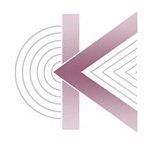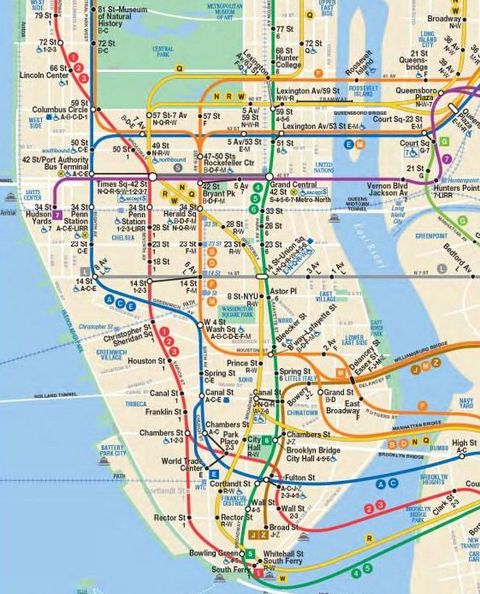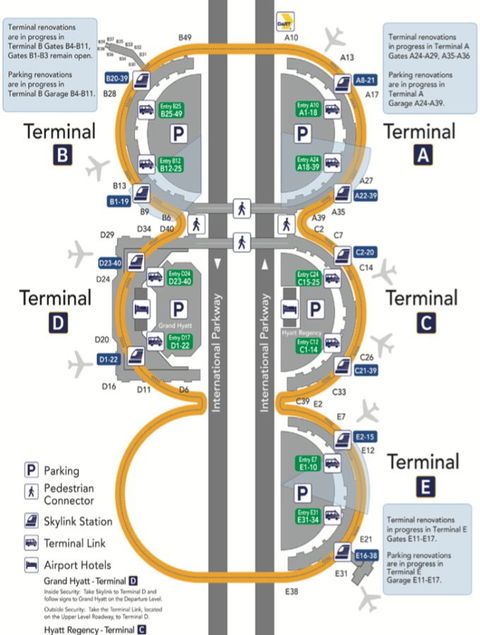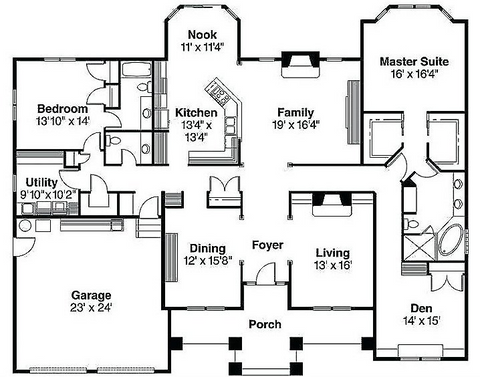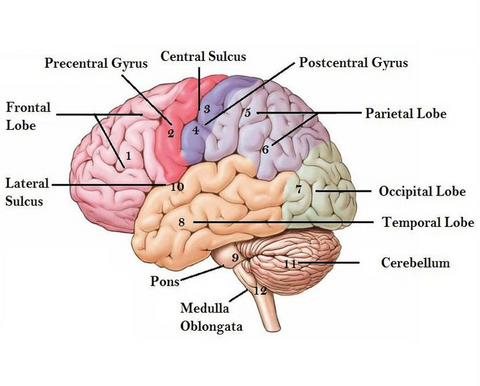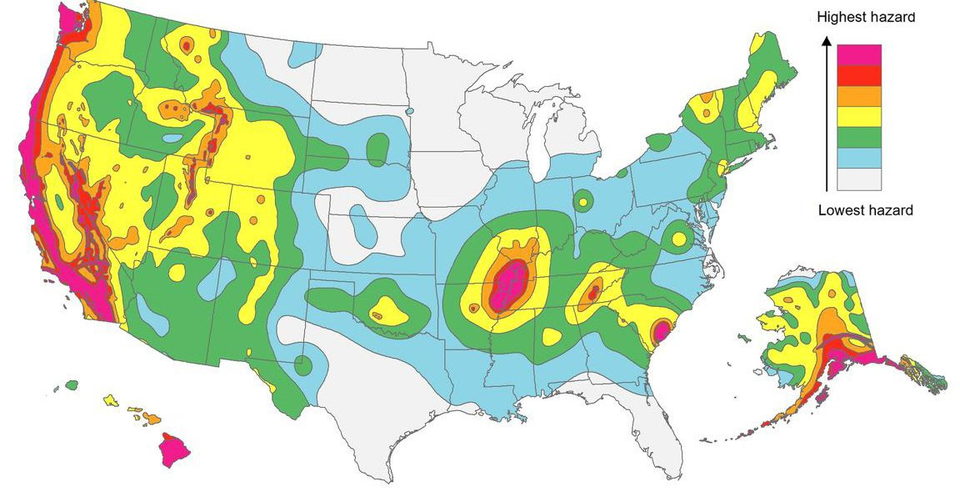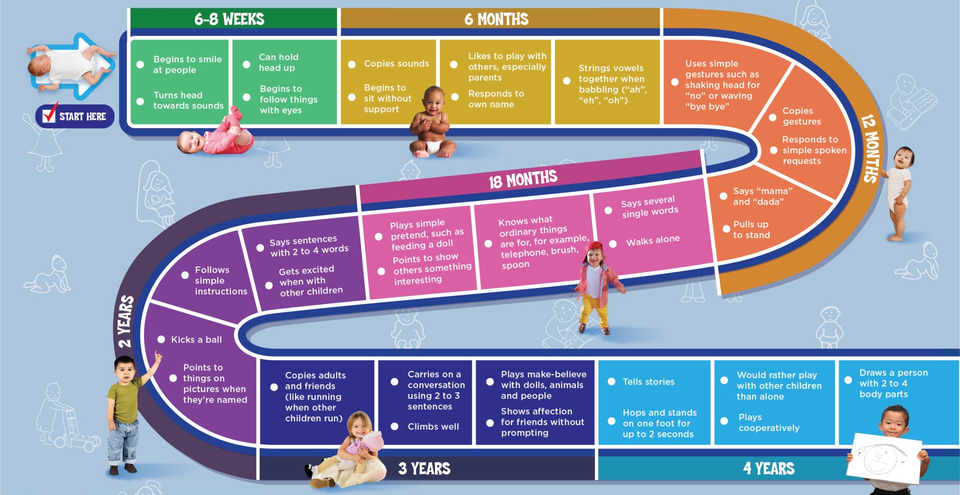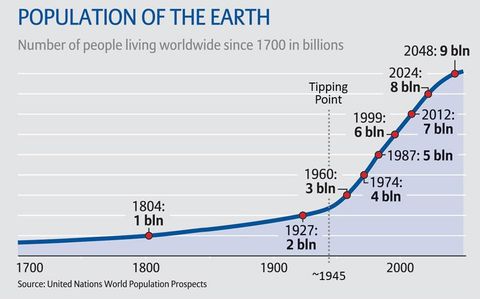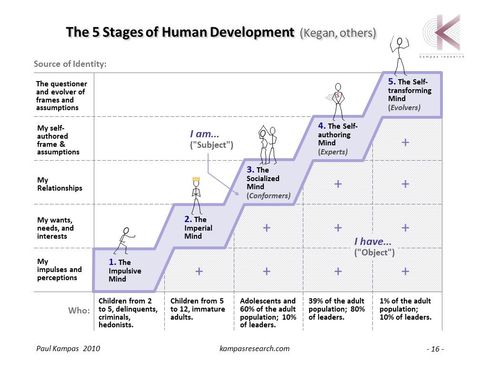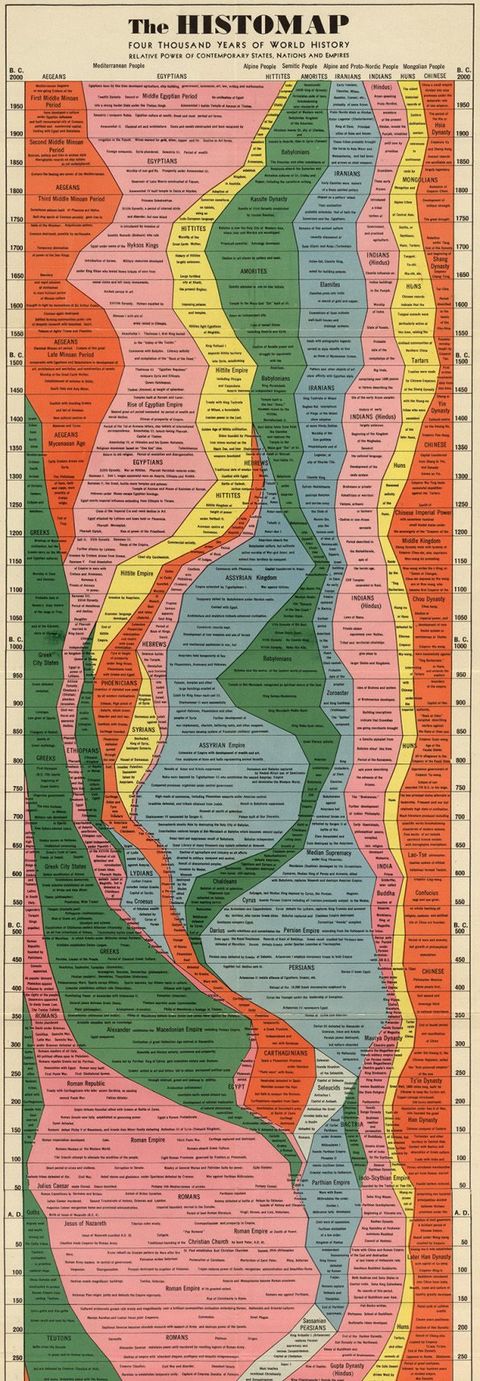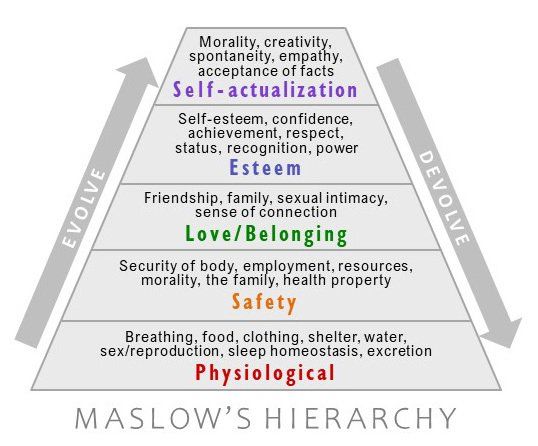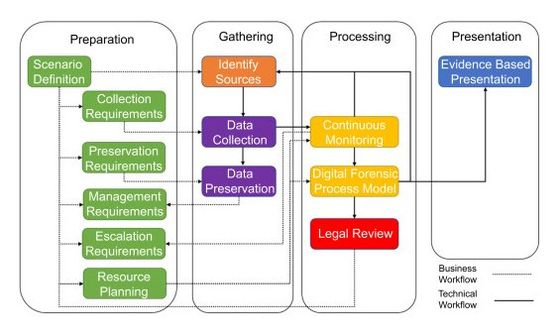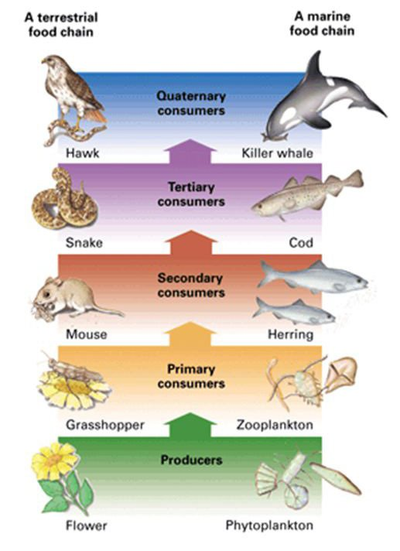< Cognitive Frameworks: Seeing Structure, Gaining Perspective >
"Perspective is worth 50 IQ points." - Alan Kay
Cognitive Frameworks are diagrams that help
the viewer see the structure of a situation: what are the pieces, how do they connect, what are the dynamics. This enables perspective - a systematic, wholistic understanding of the situation. Having this systematic, wholistic perspective enables you to be much more strategic and thus more effective in both diagnosis and intervention.
Example: A young child is having trouble in school, but no one is quite sure why. A child development specialist is brought in who deeply understands the stages of child development (structure in time). She determines that the child's language skills are behind where they should be for that age. Various tests are done to determine the cause of the language skills problem, and an appropriate intervention is initiated.
Structure is created in a variety of ways. Some of the major ways in which structure is created are:
- Structure in Space: Geography, transportation, buildings, anatomy
- Structure in Time: Eras, stages, generations...
- Structure in Causality: Process/flow, influence, consumption (e.g., food chain)...
- Structure in Control/Power: Organization....
Examples of cognitive frameworks for these categories are shown below:
<< Seeing Structure in Space >>
Navigational maps, blueprints, and medical diagrams are just a few of the many kinds of structure-in-space visuals that are pivotal to the achievements of our modern society.
< Seeing Structure in Time >
Understanding the timing of events in the past (e.g., eras of all kinds, generations within a family) and scheduling the timing of events in the future (e.g., construction schedules, school schedules, Amazon deliveries...) are also pivotal to modern civilization.
Milestones of Early Childhood Development:
Project Scheduling Timeline:
Timeline of Human Development:
(See more details here)
< Seeing Structure in Causality >
In diagnosing what is going on in a situation, revealing the structure of causality is extremely important as it allows you to identify the root cause of a problem. Two of the most well-known cognitive frameworks based on causality are Maslow's Hierarchy of Needs and the Food Chain.
< Seeing Structure in Control/Power >
Organization charts are the most common instance of seeing structure in control/power. The structure of an organization, however, only describes one dimension of an organization. The other dimensions include processes, learning, infrastructure, resource allocation, culture, etc. See more in Mastering Organizational Architecture.
Tripartite Organizational Structure of the U.S. Government
(In this official org chart, power/control flows from top to bottom; "customers" are not shown)
(In this official org chart, power/control flows from top to bottom; "customers" are not shown)
Servant Leadership View of an Organization
(In this view, power/control flows from bottom to top, learning flows from top to bottom; customers are on top)
